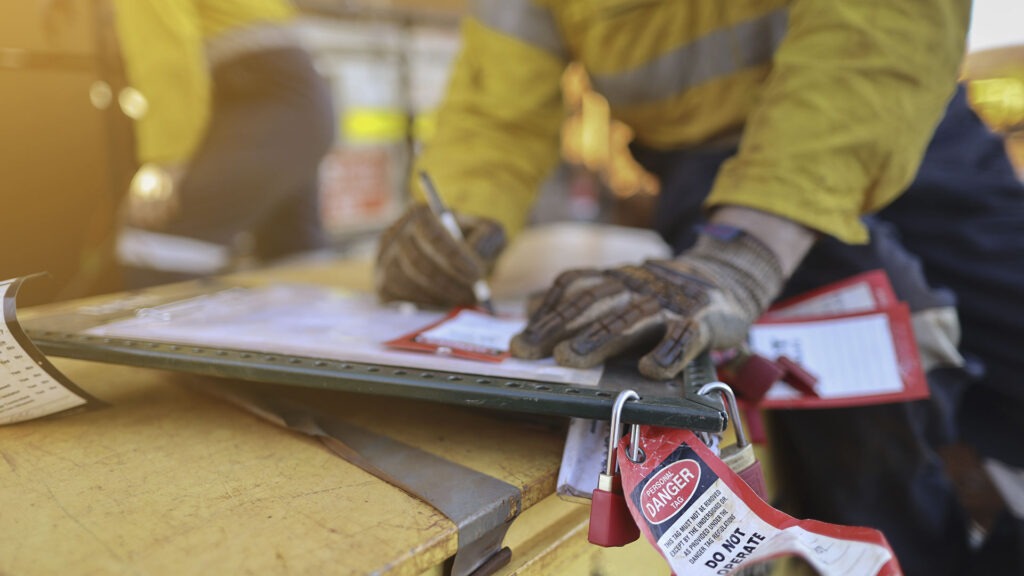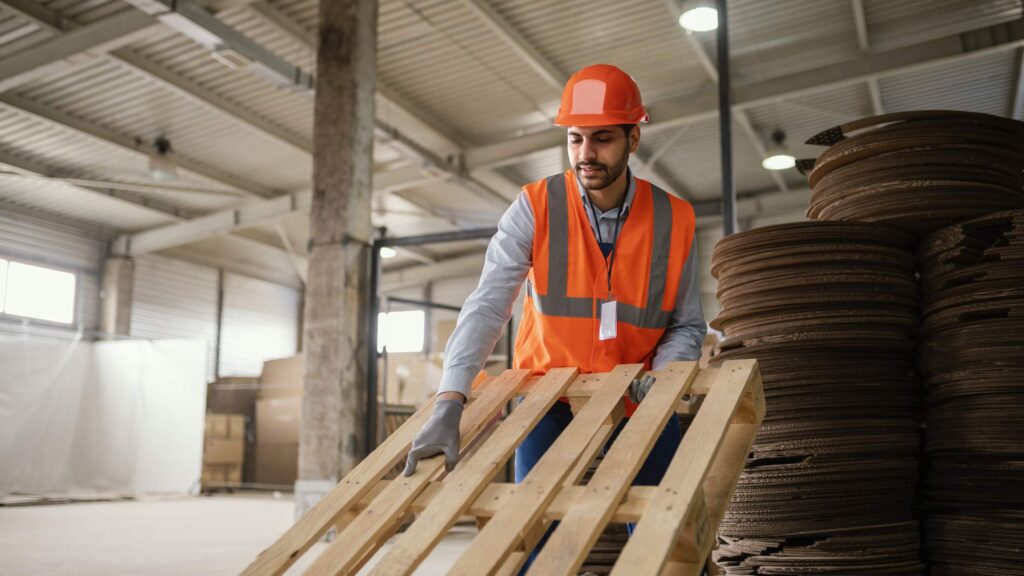How to Calculate Safe Load Capacity
One of the most frequent—and dangerous—mistakes in lifting operations is misjudging the equipment’s load capacity or overestimating human capability. This miscalculation can result in severe structural failures, legal non-compliance, or even fatal accidents. So, how do we accurately calculate Safe Load Capacity?
Let’s break it down.
📌 Understand the Terminology First
The cornerstone is the SWL (Safe Working Load) or WLL (Working Load Limit). These refer to the maximum load that lifting equipment or accessories can handle under specific, controlled conditions without compromising safety.
The SWL is typically marked on lifting gear, but its actual safe capacity can vary based on several critical factors—most notably sling angles, centre of gravity, and environmental conditions.
🧮 Factor in the Load Angle – The Sling Angle Effect
The angle between the sling leg and the horizontal (often called the sling angle) has a dramatic effect on load distribution. The smaller the angle, the greater the tension in the sling—this is known as the Load Angle Factor (LAF).
A 60° angle may appear harmless, but it increases the tension in each leg to 115% of the load. At 30°, this tension can reach 200%! That means a pair of slings rated for 1 tonne each could fail while lifting a 1-tonne load if the angles are too steep.
Use Load Charts or calculate the tension with the formula:
$$ Tension = \frac{Load}{2 \times \cos(\theta)} $$
Where θ is the angle between the sling and the vertical.
🧠 Know the Load – Weight and Centre of Gravity
Estimating the weight precisely is non-negotiable. Don’t guess—calculate it based on volume and material density, or refer to manufacturer data.
For complex shapes, break them down into basic volumes (cylinders, cubes, etc.). The centre of gravity must also be located accurately; lifting from the wrong point will shift the load and cause instability or sling overload.
🌡️ Environmental Corrections Matter
Conditions such as extreme temperatures, humidity, chemical exposure, or UV degradation (especially for synthetic slings) can reduce capacity. Always consult the manufacturer’s technical data for derating factors.
For example, nylon slings can lose up to 15% capacity when wet and even more when exposed to chemicals like acids.
🧾 Documentation and Verification
Compliance with standards such as ASME B30.9, OSHA 1910.184, or LEEA COPSULE is not optional—it’s a legal and moral obligation.
Ensure:
- Load plans are documented.
- Sling inspections are up to date.
- Calculations are verified by a Competent Person.
🔁 The Golden Rule: Never Assume — Always Verify
Whether using a bridge crane, a synthetic sling, or a modular spreader beam, rigorous verification is what separates a safe lift from a disaster waiting to happen.
👉 Invest in training.
👉 Use certified software or tables.
👉 Always review lifting angles and load geometry.

